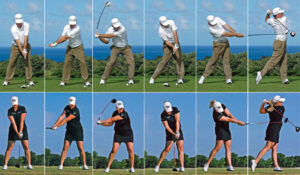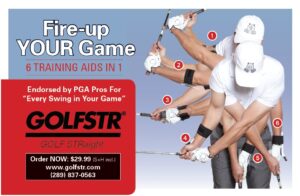Recreational golfers are frustrated when they aim for a point and the ball decides to draw or fade. Your swing path and the setup of the face of your club dictate where your ball is going. Even a slight change in the swing path or club face position will cause a new direction for your ball. Why not use your BRAIN and start to take control of your BALL (and your game).
Hank Haney commented that one of his early instructors said: “golf IS what the ball DOES”. Club path creates the trajectory and the club face creates the curve (draw or fade) at the point of impact. If 50% of your shots are landing off the fairway in the rough or bushes, you need to plan for your ball flight.
Use your BRAIN to plan the shape of your shot. Turn your random hits into a CONTROLLED draw or a fade. Don’t leave it to chance. NOTE: It’s not easy. In the US Open in the closing holes, you may have seen, Dustin Johnson turn his planned fade into a duck hook which landed in the deep grass. The pros were definitely choosing a draw or fade to hit every one of those narrow fairways at Oakmont Country Club. A straight shot was their preference but they had to plan their draw or fade to land in the fairway.
1/ Grip Pressure: You may not realize that your club head can change direction if you increase your grip pressure as you waggle or start your take away. When you setup your hands and apply a medium grip, make sure you are not increasing your grip pressure and changing your club face direction.
2/ Compensate for Tilt of the Ground: When you setup, your hands should be hanging directly down from your shoulders. The front edge of your club should be resting flat on the ground and square to your target line. (When your feet are below the ball, grip down and line up to compensate for a draw. When your feet are above the ball, use more bend in your knees and line up to compensate for a fade.)
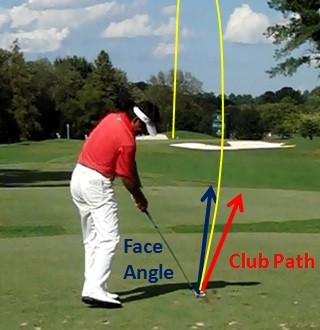
For a DRAW: Swing your club from inside to the outside your target line and flight your ball back to your target with a closed club face.
3/ Plan for a Draw or Fade: If your club face is “open” by a few degrees (pointing to the right from your swing path for right handed clubs), your ball will slice to the right because your ball is spinning with a side spin to the right. If your club face is “closed” by a few degrees from your swing path, your ball will spin left for a draw.
4/ Swing Path: The direction of your swing path creates the initial direction of the ball. In the US Open you saw pros choose their preferred natural draw or fade as long as they were confident where it would land.. For a draw, Hank Haney suggests that you set your club face 1 degrees to the left and swing from the inside to the outside by a few degrees. Yes, these are minor changes and that’s why your ball decides to go randomly left or right when you don’t plan for it.
5/ Control Your Swing Path: If you are swinging “over the top” and fading or pulling every shot, setup with the imaginary line across your toes parallel to your target line and then move your trailing foot away from that imaginary line by a few inches.
Small changes in your swing direction and your club face alignment can make the difference in hitting your next shot from the fairway or from the rough. Sort this out on the practice range and use your GOLFSTR+ to eliminate or control angles on your arm or wrist. Buy one today at www.golfstr.com



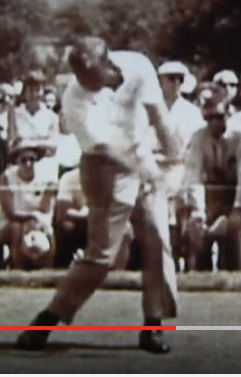
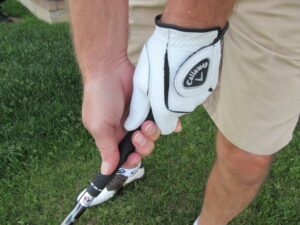




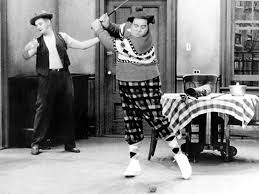
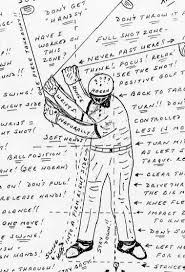
 Words and thoughts can help or hurt performance:
Words and thoughts can help or hurt performance:
